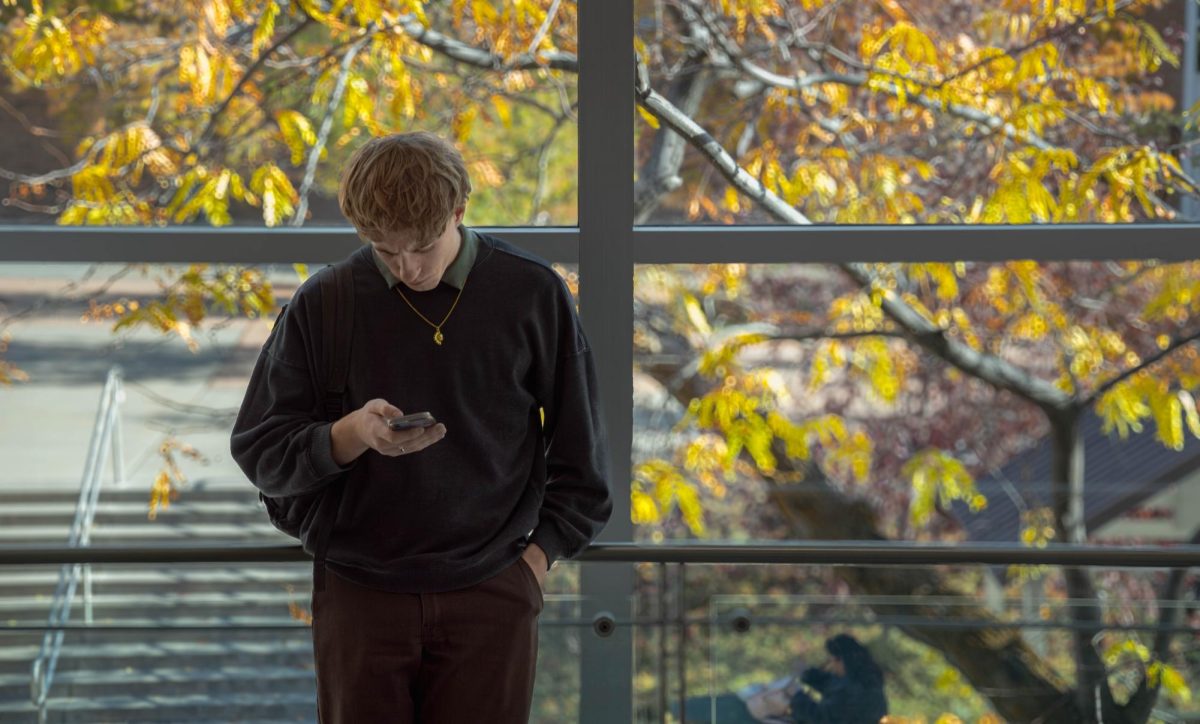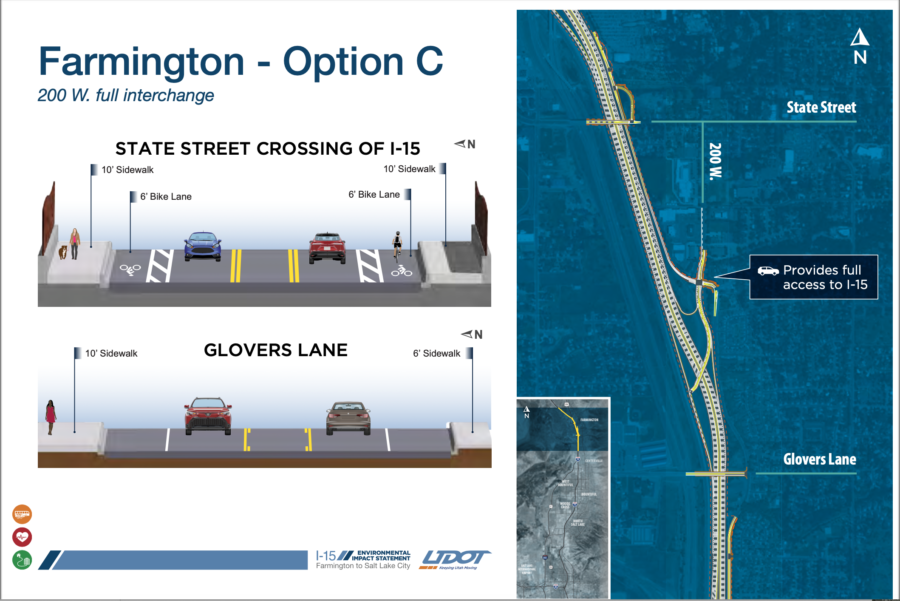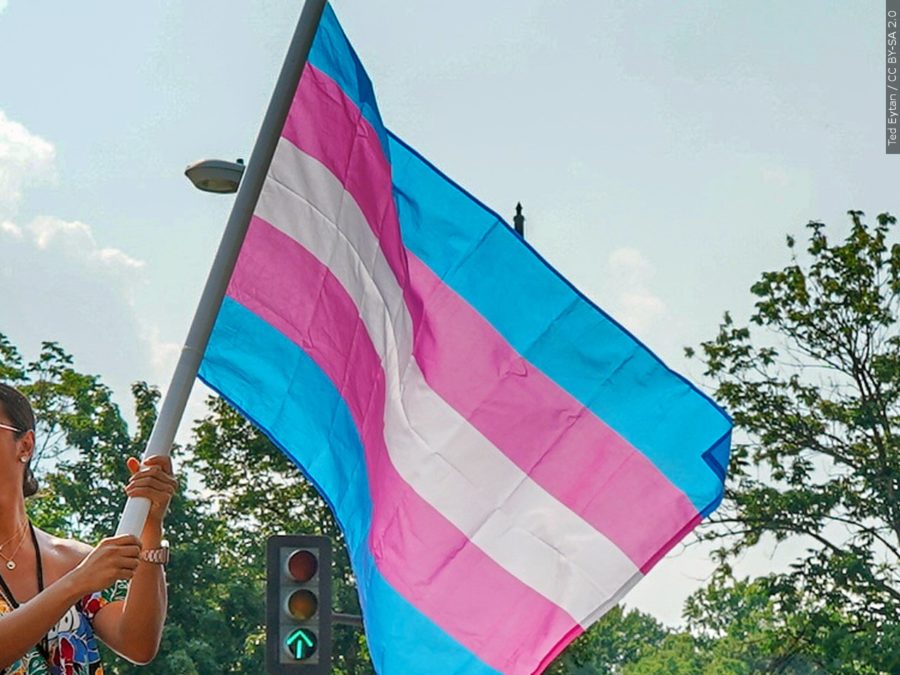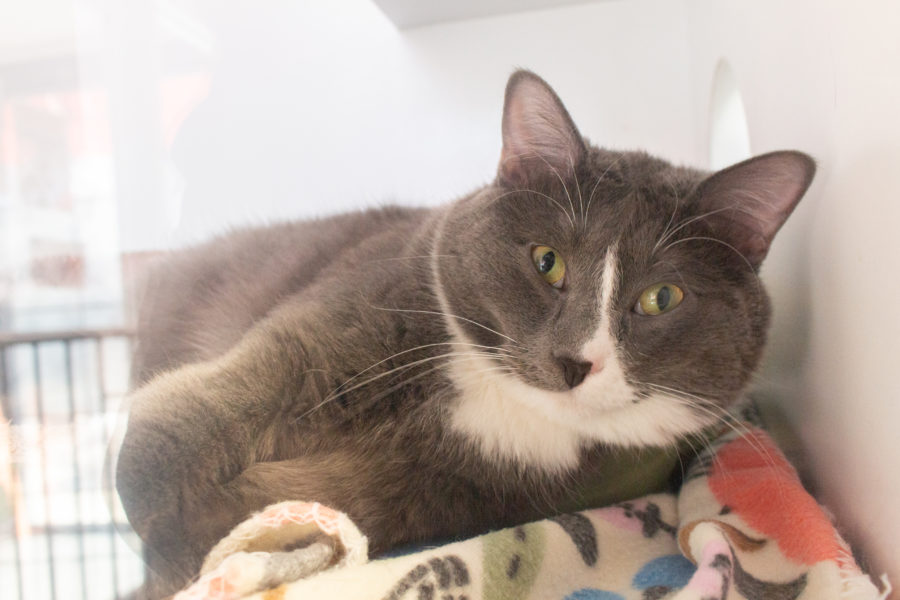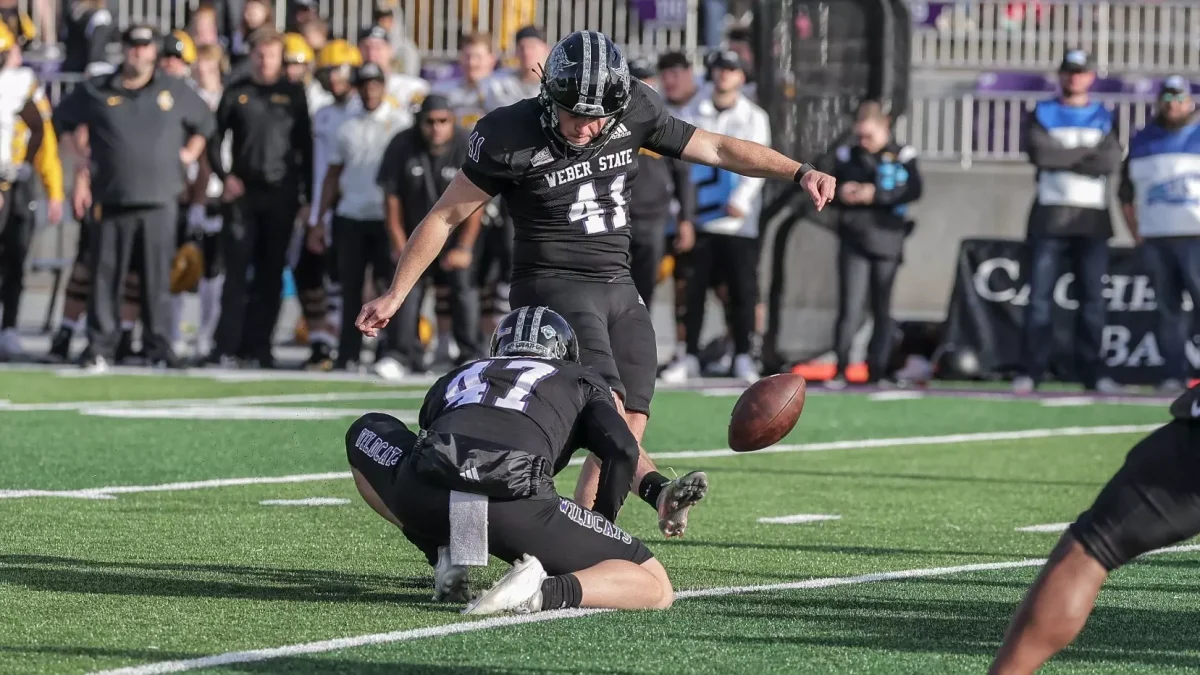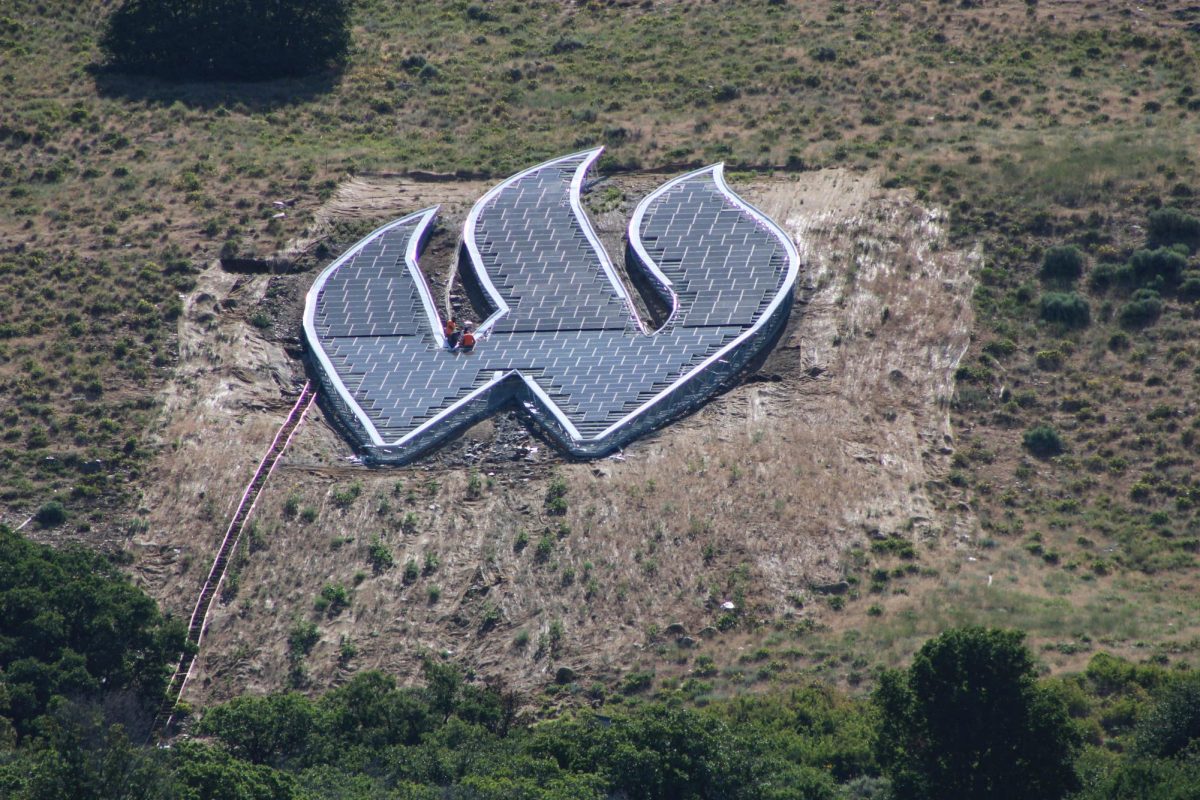
Weber State University became the first college in Utah to host a student-run live fact checking event on Oct. 17.
Students, faculty and members of the community tuned into Utah’s 1st Congressional District Debate where candidates Rob Bishop, Lee Castillo and Eric Eliason were given the floor to answer questions. These questions came not only from the debate commissioner but from a Utah State University professor and student.
WSU students weren’t just watching the debate, however, as a team of about 20 students acted as team captains for tables of volunteers fact-checking statements in real time.
The students met to brainstorm different topics that would potentially be discussed during the debate and volunteered for topics to captain. They then spent over a month conducting research and creating annotated bibliographies they could refer to during the debate.

Several Weber State student organizations worked together to make the event possible: Studio 76, Ogden Peak Communications, an independent study investigative journalism class, the American Democracy Project (ADP) and the Signpost.
WSU’s student-run firm, Ogden Peak Communications, was responsible for advertising for the event both on and off campus through posters and social media.
Kymberlee Smith, one of the students involved with Ogden Peak Communication, was involved with making sure as many people knew about the event as possible.
“We took over Weber State’s official social media page to try and reach more students,” Smith said.
Community members were invited to a watch party for the debate hosted at the Weber County Library. As the community watched the broadcast, Studio 76 students were busy producing a live pre- and post-show stream to bookend the debate through Facebook Live.

The Center for Community Engaged Learning (CCEL) was the main host and sponsor for this event as it reflected of their theme of the year, “Matter of Fact?” The idea for the event came from Teresa Martinez, the program coordinator for CCEL.
“When we saw the 2016 Presidential debate and what NPR did with their fact checking, I thought, ‘Why can’t Weber State students do that?’ With our theme of ‘Matter of Fact?’ and the engaged learning series, it was a perfect fit,” Martinez said in an interview on the live broadcast.
Students researched and responded to the candidates’ statements, marking them as true, mostly true, partly true, partly false, false, not verifiable or pure opinion.
Although not every topic these students researched was discussed during the debate, students used social media to answer as many questions as they could and used the hashtags #MatterOfFact and #WeberFactCheck to engage with online viewers.

One of the goals for this fact checking event was to inform the public about holding candidates accountable to the things they say and stressing the importance of being an educated voter when going to the polls on Nov. 6.
CCEL will be sending out a complete transcript of the fact check event, annotated with statements checked both during and after the debate.
Dr. Leah Murray, the co-adviser for the American Democracy Project and political science professor at WSU stressed the importance of exercising your civic duty as a voter.
“Democracy depends on an informed, engaged citizenry,” Murray said.
After the dust had settled, transcripts were reviewed and statements had been tallied the numbers showed three distinct candidates with three distinct measures of truthfulness.
Topics checked covered everything from the EPA, government spending and public lands to DACA, Trump administration tariffs and the state of Utah’s water levels.
Castillo was the most truthful based on the responses given during the debate. Fourteen total statements were checked: 11 true, two mostly true and one not verifiable.
Eliason was, for the most part, similarly truthful: seven true, one mostly true, one mostly false and three not verifiable; 12 statements checked in total.
Bishop was by far the most varied, though he had the most false statements: two true, one mostly true, two mostly false, one false, three not verifiable and one pure opinion.
Viewing and social media analytics were provided by Ogden Peak Communications. Over 5,000 people were reached through Facebook in some form with posts about the event, with more than 2,100 video views and at least 1,000 engagements (as of Oct. 25).
The post has garnered over 103 reactions (thumbs up, emoticons, etc.) and 134 comments. Additional data is still being compiled and will be updated online when it’s made available.
Editor’s Note: This story has been updated to correct the affiliation of the professor and student asking questions during the debate.



